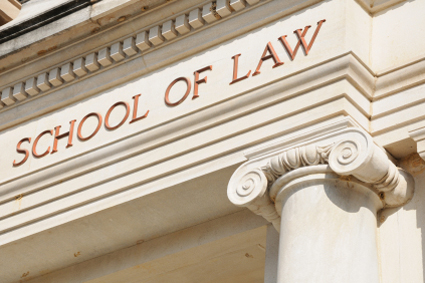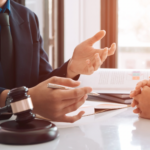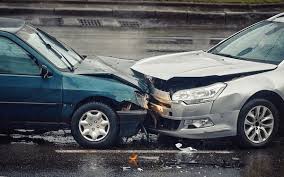
Maintaining Motivation as a Law Student
February 20, 2025
Dalston Projects Ltd and others (Appellants) v Secretary of State for Transport (Respondent) UKSC/2024/0055
February 22, 2025It’s always a good idea to gather a police report following a car accident, but it may not always be possible. Still, if you’re planning to pursue legal action or file an insurance claim after the crash then you’re going to need to be able to prove fault.
The reason why a police report is essential after a car crash is because it serves as an extra and authoritative layer of proof to your claim. If there’s no police report, though, proving fault is much more challenging. However, by gathering evidence, documentation, and looking for professional analysis, you can still create a case that you have a shot at winning.
The Difficulty of Proving Fault Without a Police Report
Proving fault without a police report is difficult because a police report is generally the first piece of evidence that insurance adjusters look at. Official police reports contain all the necessary information that these adjusters need.
However, without this documentation, it’s hard to prove liability due to a lack of an official record, possibly conflicting narratives, and natural skepticism from insurers. If you don’t have a police report, you will need to gather alternative evidence to prove that you were not at fault for the incident. The below four steps can help you with this process:
1. Speak with Witnesses
One of the most valuable pieces of evidence at your disposal is any eyewitness accounts. The testimony of someone who saw the accident occur will help to establish a timeline of events and clarify fault.
Act quickly after the accident and speak with willing witnesses as soon as possible. Memories are fleeting and people may try to naturally excuse themselves from the aftermath, so approaching witnesses promptly is crucial.
Assuming your witnesses are willing, ensure they recall key details such as traffic signals, vehicles, and the speed of the cars. Avoid guiding them too much, though, as you don’t want them to think you’re trying to convince them. Record their statements and request their contact information as well so your attorney can contact them at a later date.
2. Source Dashcam or Surveillance Footage
Video evidence is one of the best objective ways to show fault. A dash cam is a great way to stay secure while driving, with the added benefit of being handy for proving fault. If you have a dash cam, start by checking the footage on it.
However, if your vehicle does not have a dash cam, go back to the scene to look for nearby surveillance cameras. Residential properties, intersections, and businesses are your best bet. Make sure to request the video footage promptly as many locations often overwrite surveillance within a few hours or days to make room for new tape.
3. Take Photos of the Scene
While producing your own evidence naturally comes with a little bit of bias, taking photographs of the scene is a great way to still get visual proof. When taking photos of the car accident scene, make sure to capture vehicle positions from multiple angles before they are moved.
You should also take pictures that show the road conditions, images that show damage to the vehicle(s) and, if needed, photograph any injuries that may have happened because of the accident.
4. Consult with Accident Reconstruction Experts
There are many situations in which fault is heavily disputed. In such cases, there is often very limited evidence so consider hiring an accident reconstruction expert. This seasoned professional can provide you with the information you need to prove your case as they have the skills to come and analyze all of the physical evidence available to determine how the crash most likely happened. However, be aware that accident reconstruction experts are not cheap.
With that said, what you’re getting for the price is a reconstruction expert who will provide you with a scientific analysis of the accident despite standout evidence potentially not being present to the naked eye. They are also an authoritative and respected professional in the eyes of the court.
Document an accident thoroughly to build a claim
The bottom line is that proving fault in a car accident is difficult when there is no police report, but it isn’t impossible. By working with an attorney to gather witness statements, secure video footage, take pertinent photographs, and, if necessary, consult with accident reconstruction experts, you can build a case for yourself.
It should be no surprise that the more evidence you have, the higher the likelihood of proving fault and securing an outcome in your favor. If you’re still having trouble, speak with your attorney to make sure that you are thinking about things in the right way and that you have a strong case.





